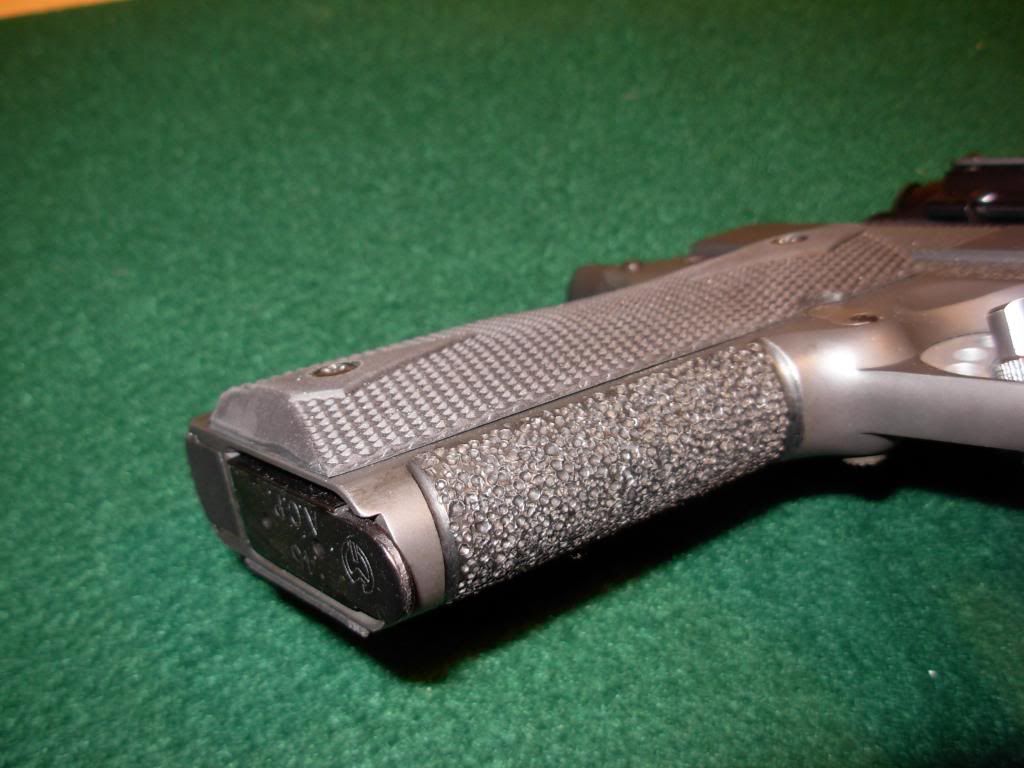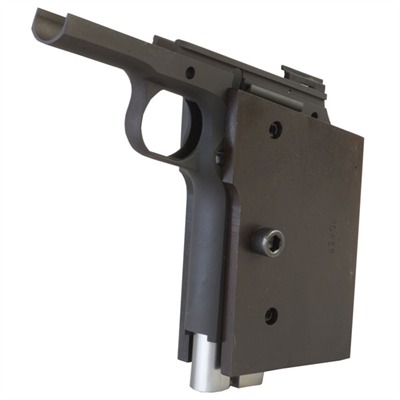Good evening to all.
I am working on a retro hardball 1911. I have the AMU books, and have searched the internet, but always come home for good info!
How did the old AMU gunsmiths stipple 1911 front straps? What tools did they use? Nail punches, armor piercing bullet cores, etc?
Thank you for any and all information you can provide!

|
   
   
|


|



 Reply With Quote
Reply With Quote
















